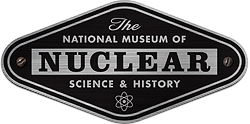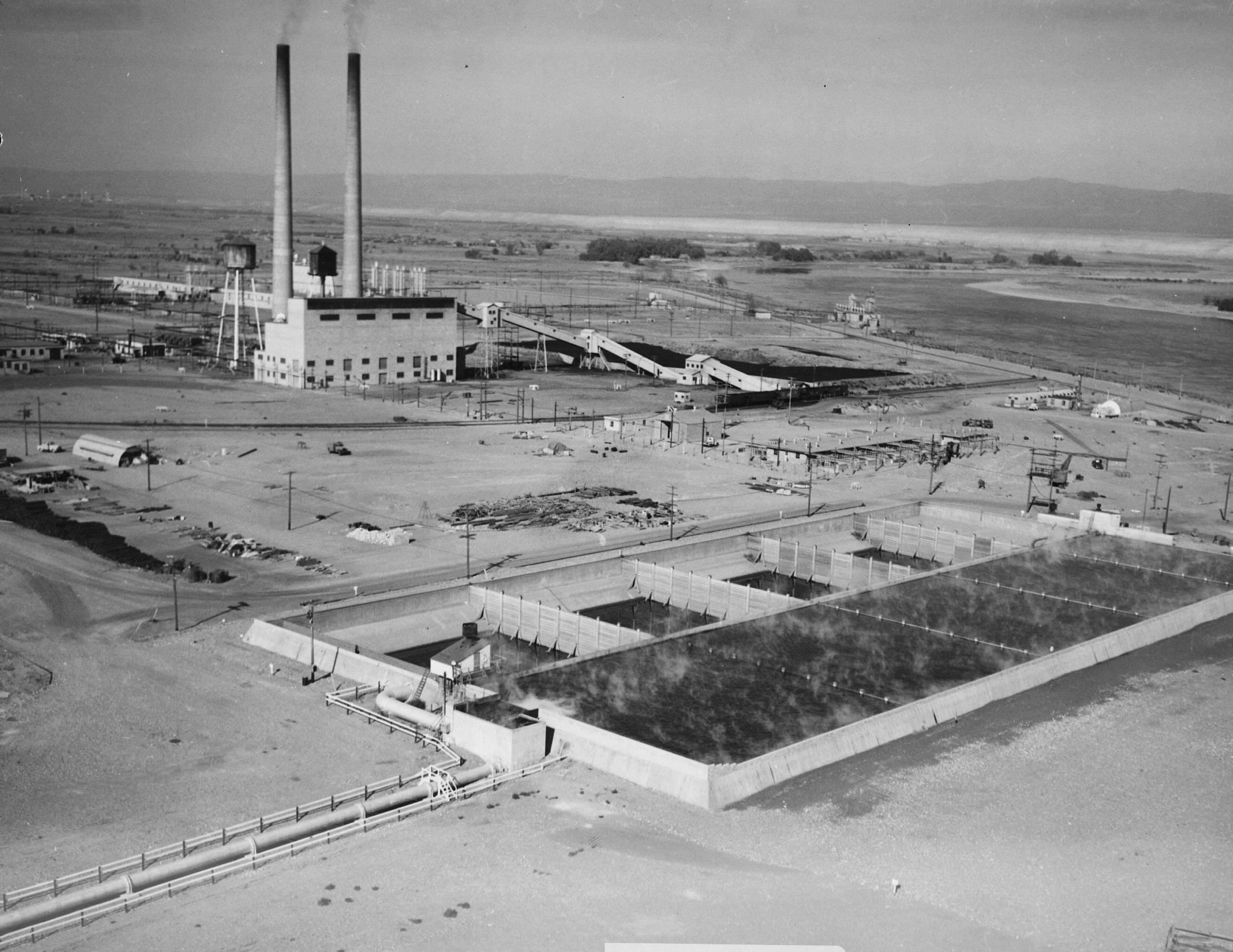Here is a roundup of some of the most interesting content published recently on the Manhattan Project, World War II, and nuclear history:
- $40 billion in savings or more risk left at Hanford? Feds rethink radioactive waste: The Wenatchee World reports on the debate over reclassifying what is considered high-level radioactive waste at the Hanford Site. The reclassification could make it easier for some waste to be shipped from Hanford to other sites.
- In Hiroshima, atomic bomb survivors are available to tell their story to anyone who will listen: A profile of Kazuhiko Futagawa, whose sister and father were killed in the atomic bombing of Hiroshima. Futagawa and other hibakusha (literally “atomic bomb-affected people”) meet with visitors at a café in Hiroshima to share their stories.
- Joachim Ronneberg, Leader of Raid That Thwarted a Nazi Atomic Bomb, Dies at 99: Joachim Ronneberg passed away at age 99 on October 21. In 1943, he led a daring raid with commandos from the Norwegian resistance that succeeded in blowing up the heavy water production cells at the Norsk Hydro Plant. The raid’s success helped to stymie the Nazis’ plans to use heavy water in their atomic bomb project.
- Lecture: War, Peace, and Moore’s “Atom Piece”: At the Yale Museum of British Art, art historian Anne Wagner discussed the Henry Moore sculpture known as “Atom Piece” or “Nuclear Energy,” which marks the site of Chicago Pile-1.
- Women’s Work: Joan Hinton and the Manhattan Project: The National Trust for Historic Preservation has a fascinating audio documentary on the life of Joan Hinton, the American physicist who worked on the Manhattan Project at Los Alamos and left the United States to move to China in 1948.
- The Japanese Man Who Saved 6,000 Jews With His Handwriting: In The New York Times, Rabbi David Wolpe paid tribute to Chiune Sugihara, the Japanese diplomat in Lithuania who saved thousands of Jews during World War II.





